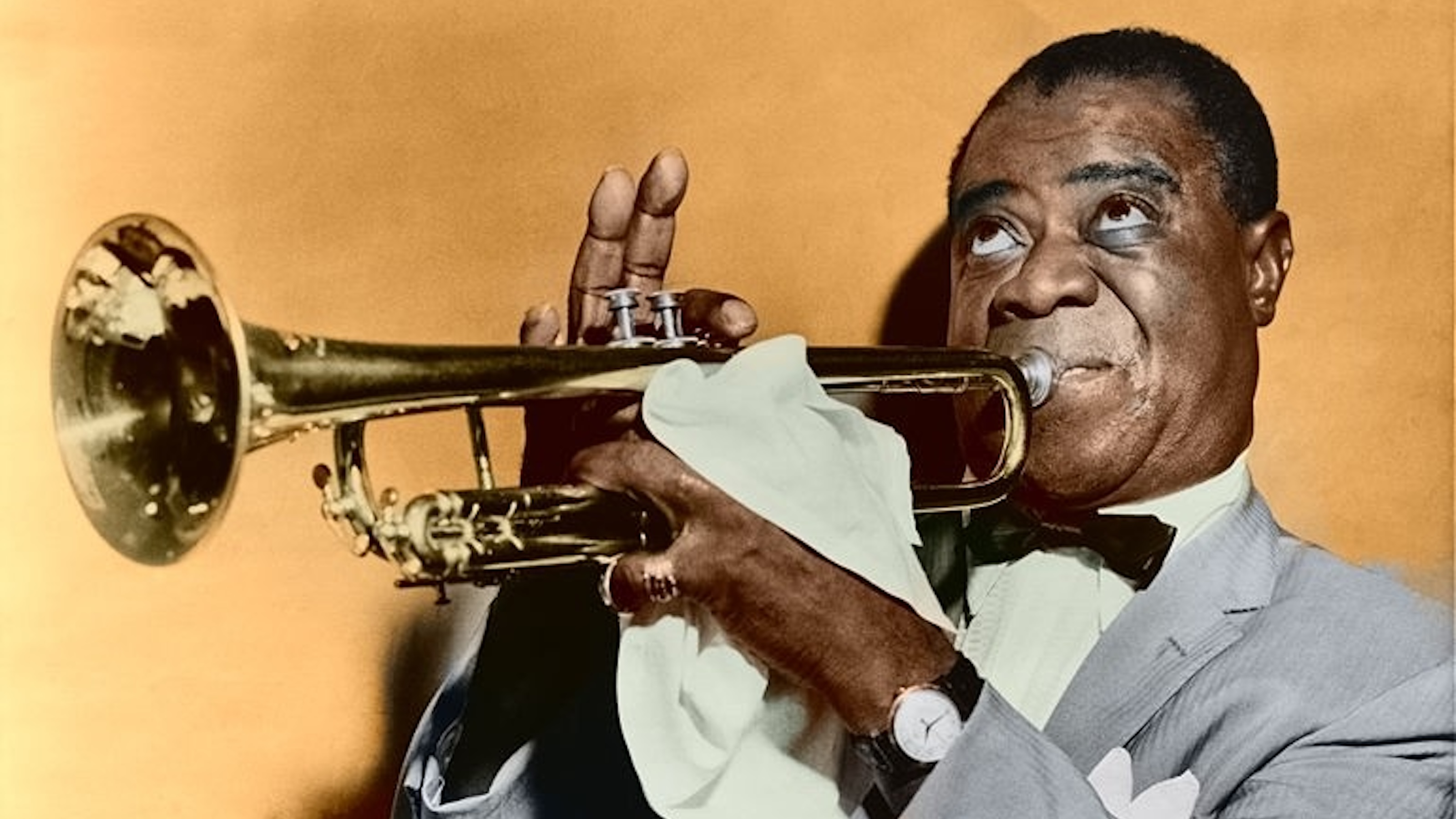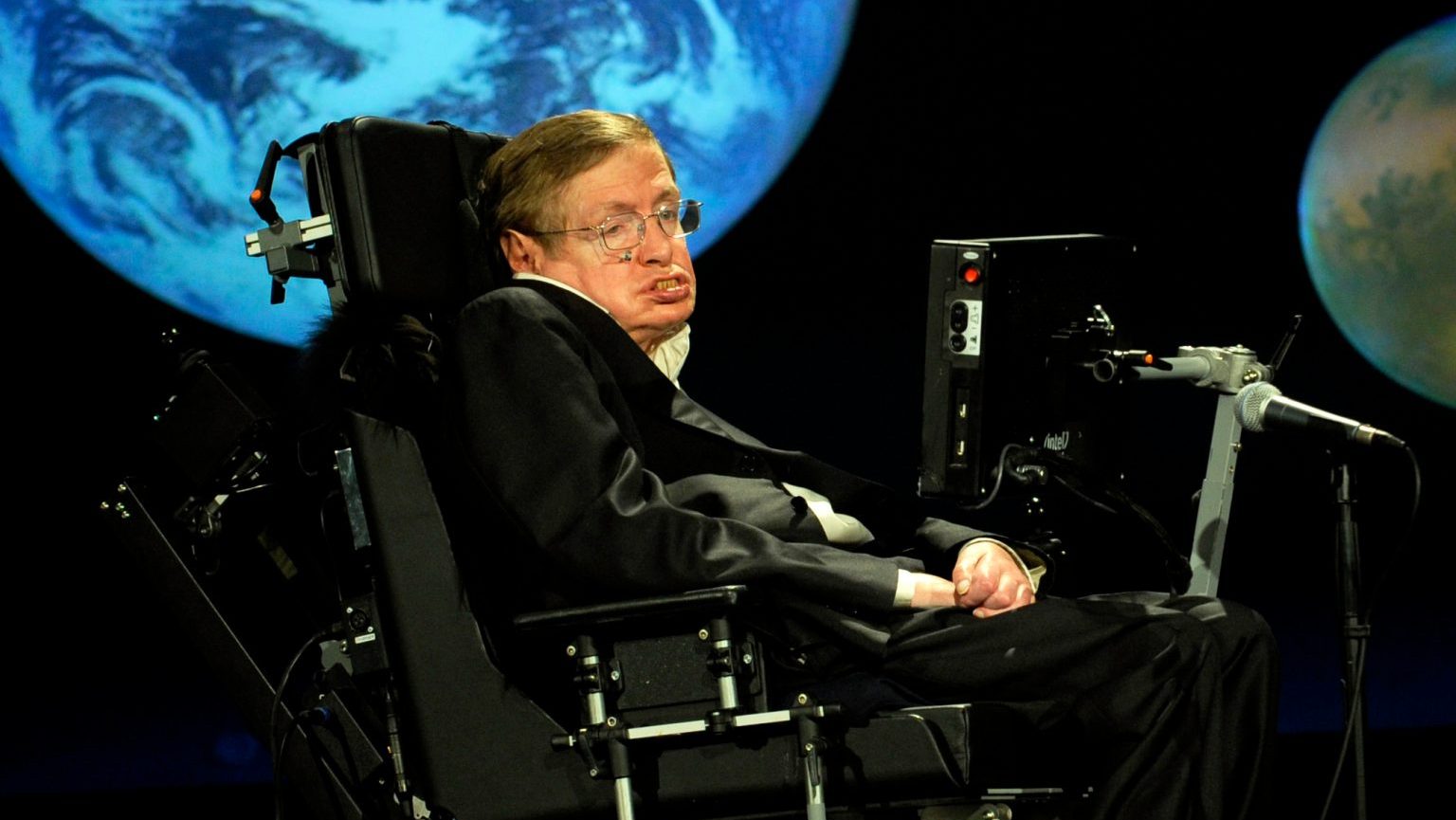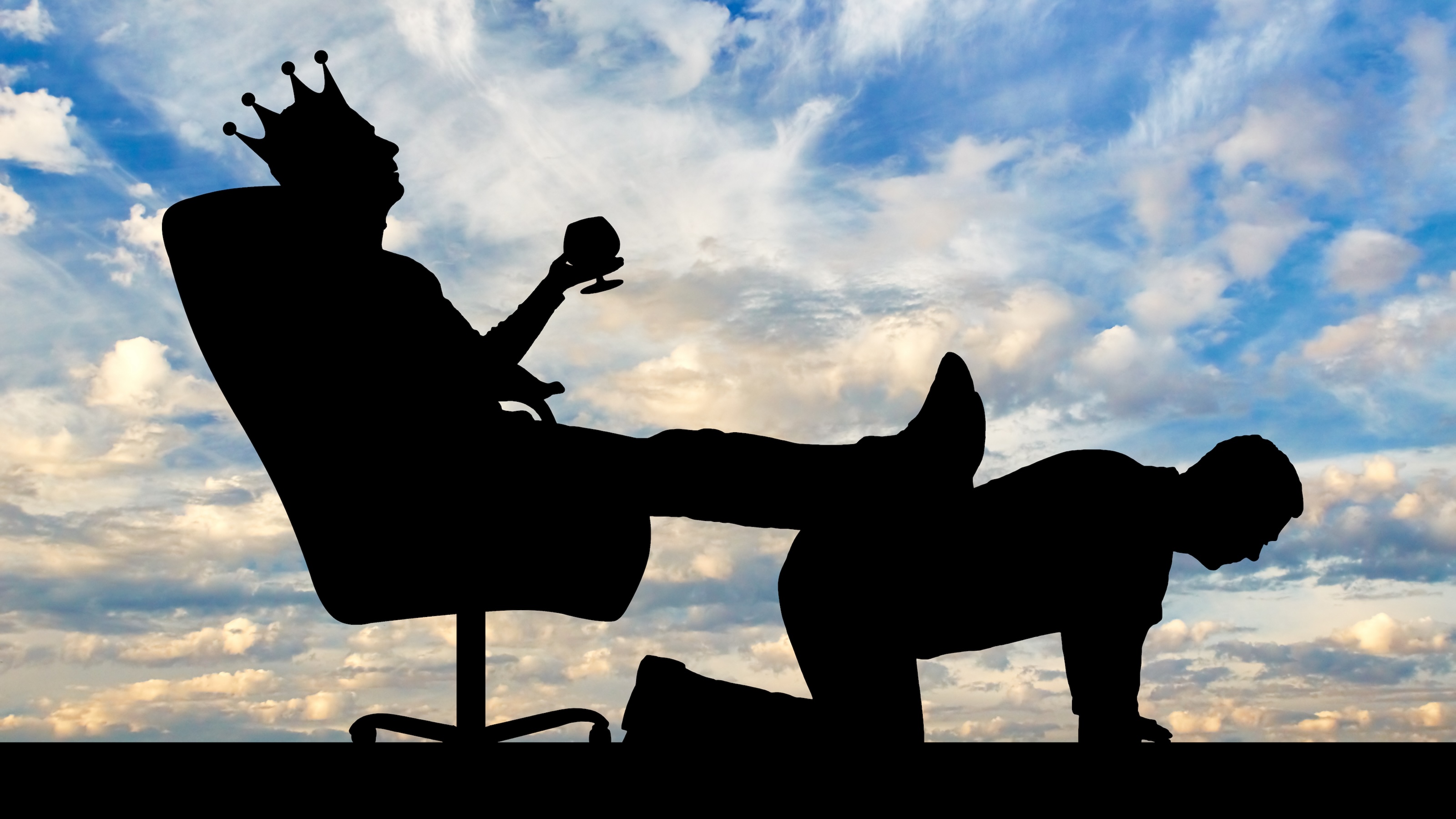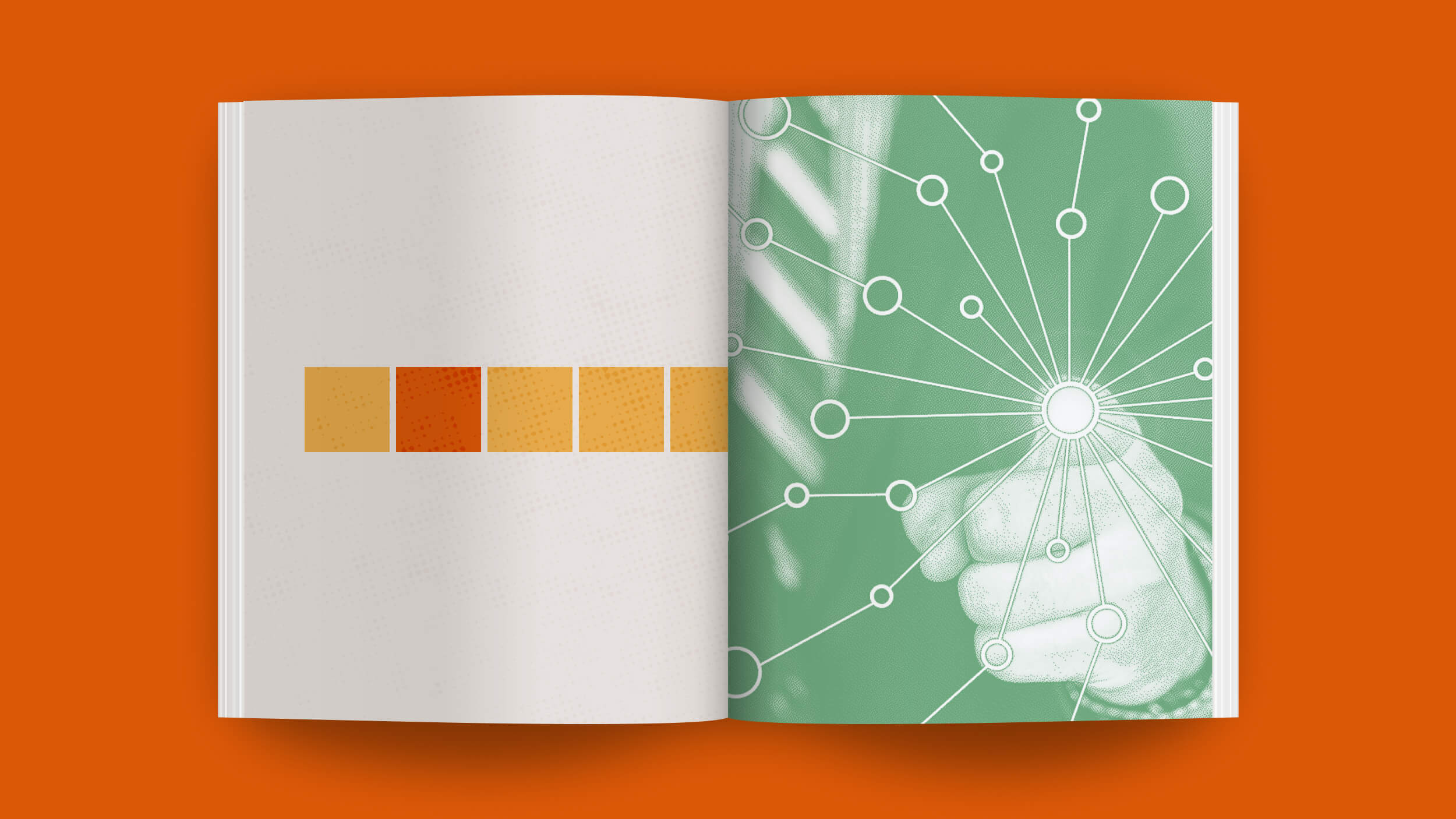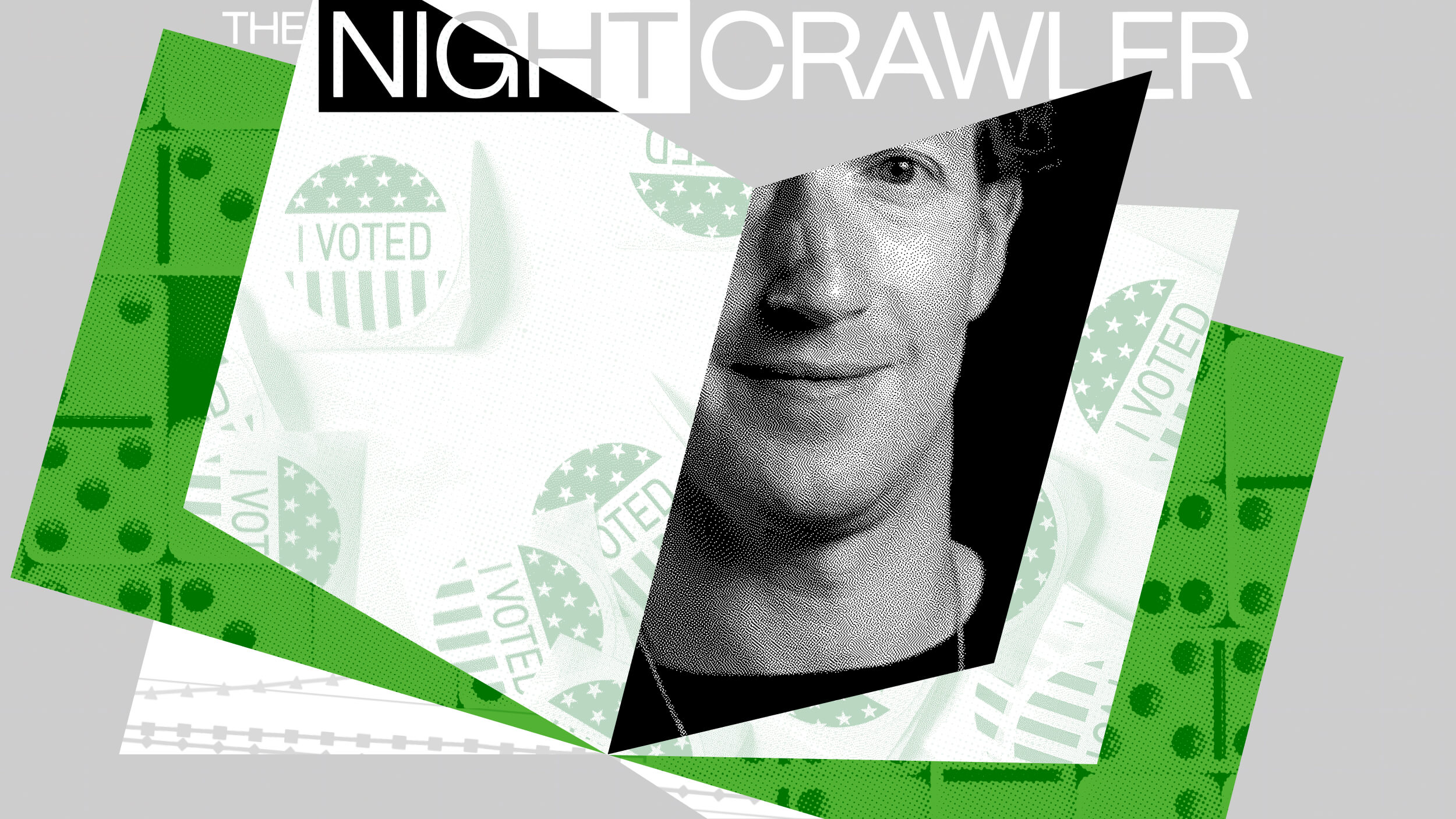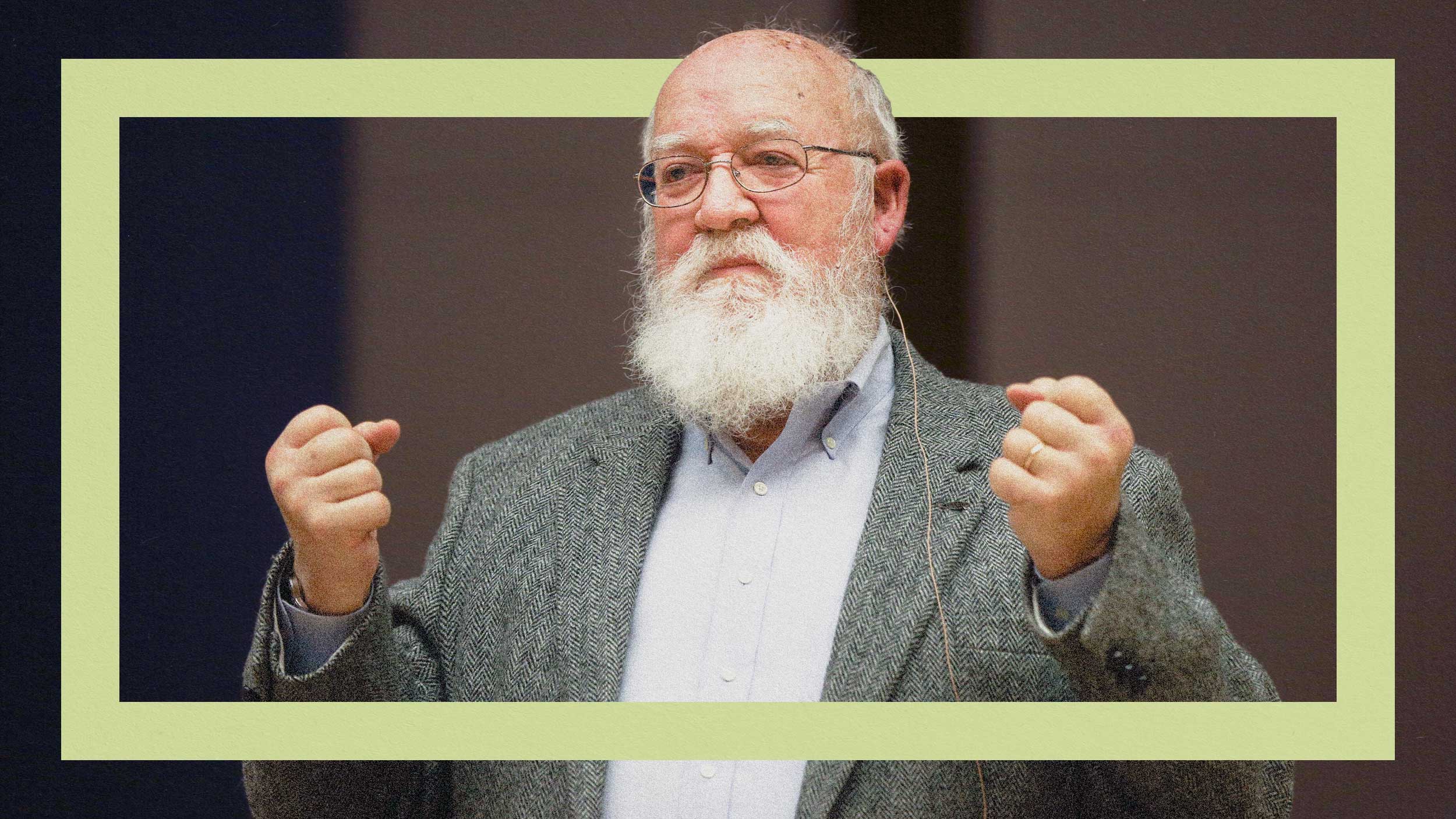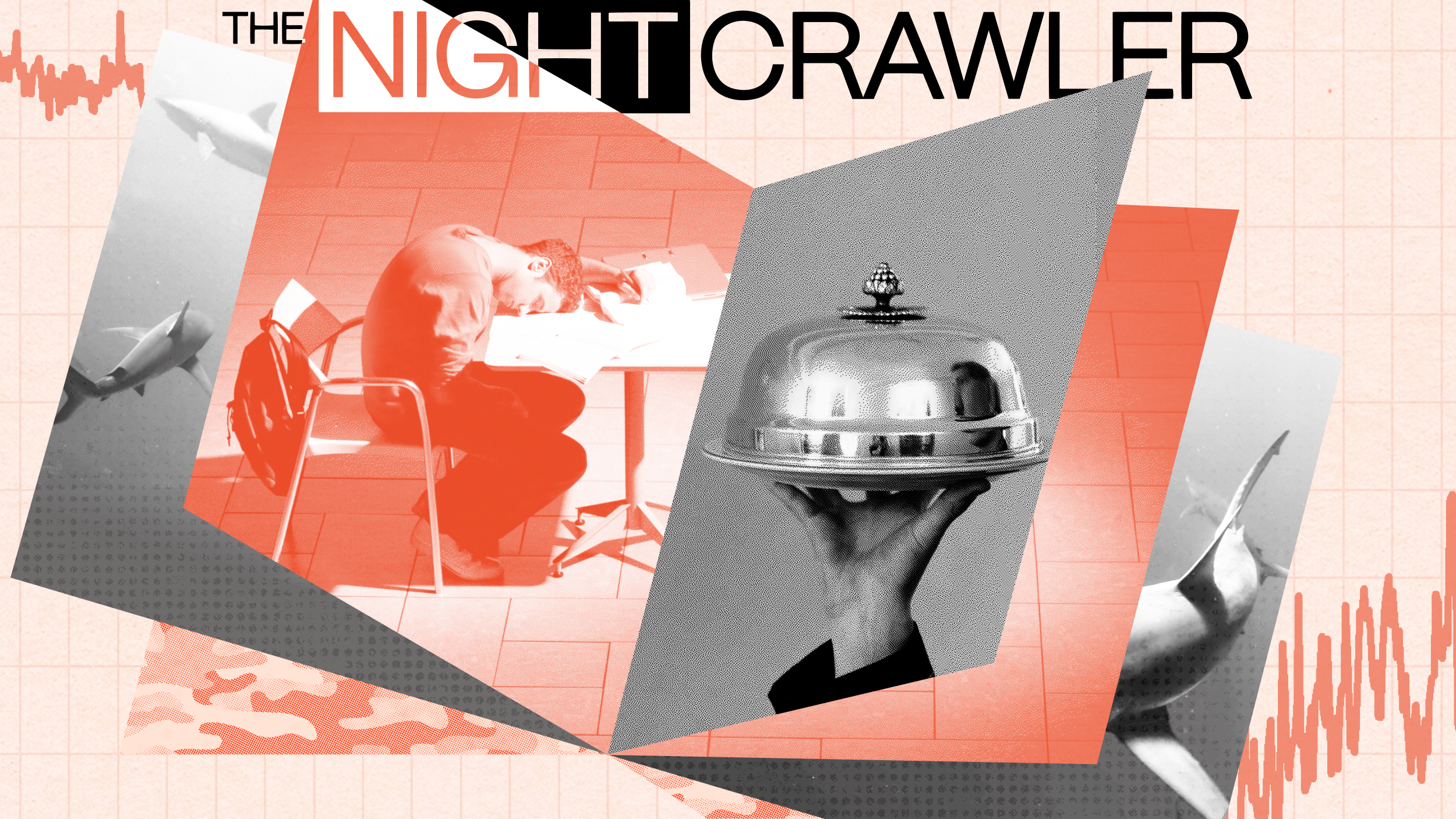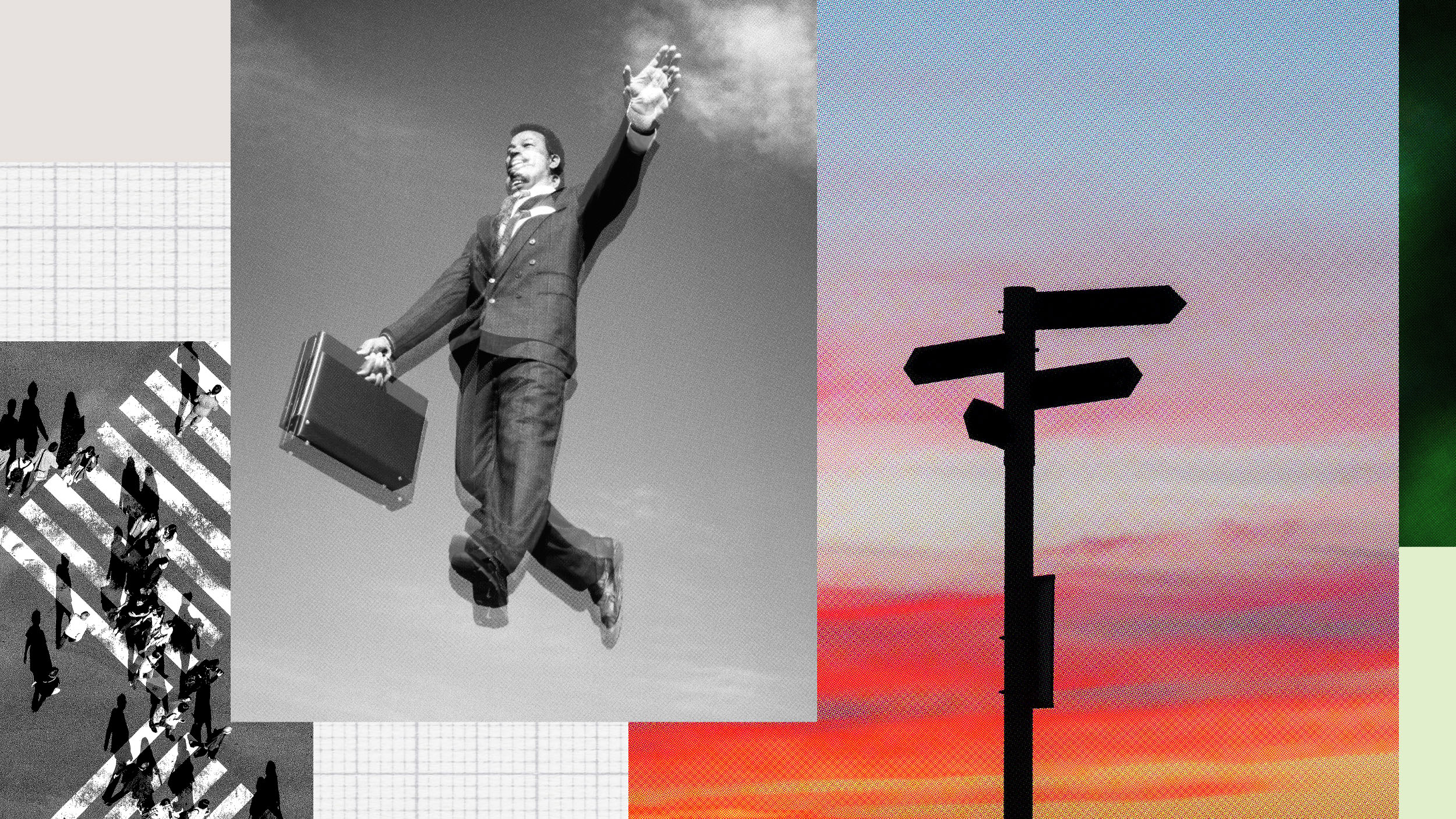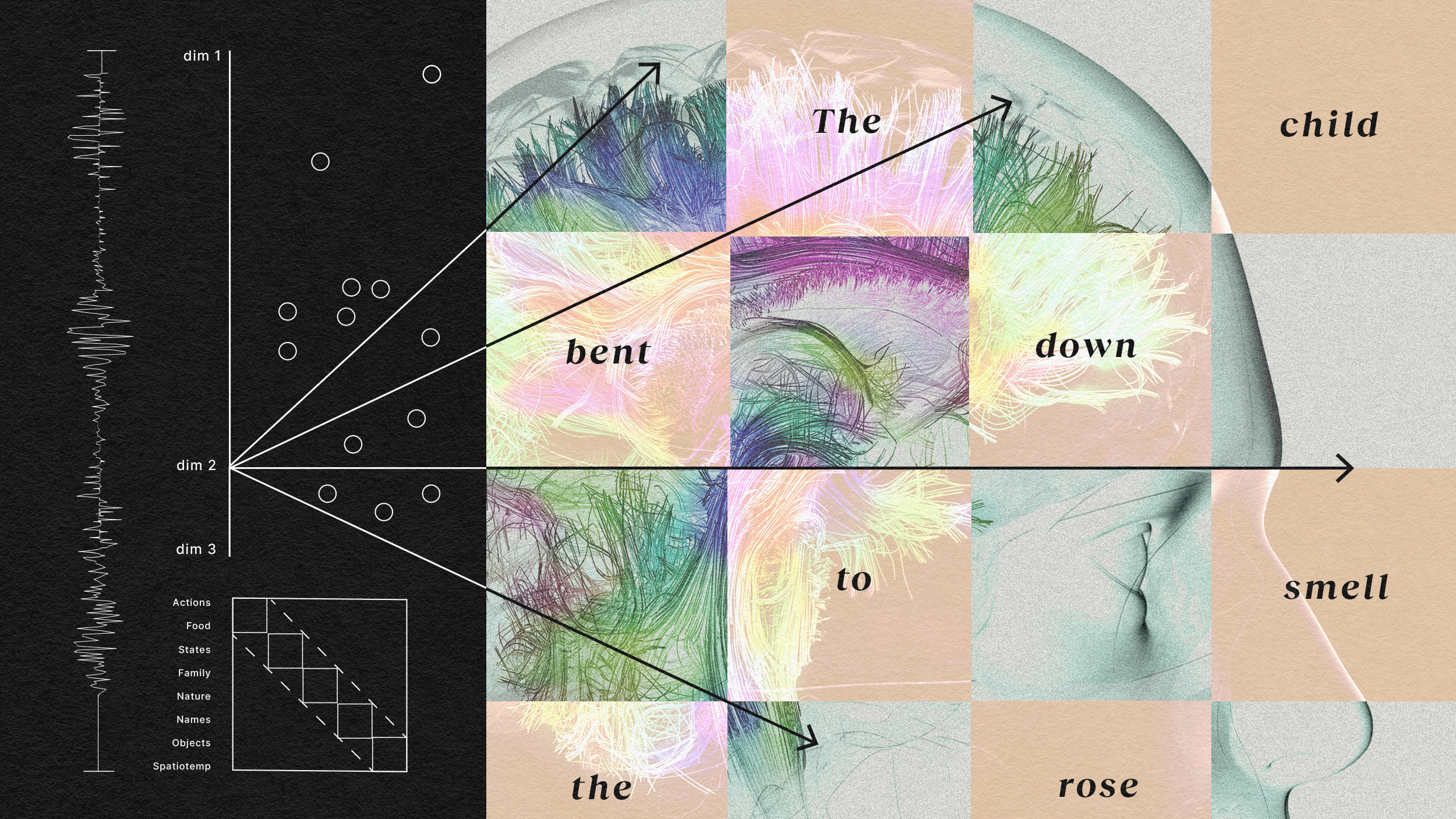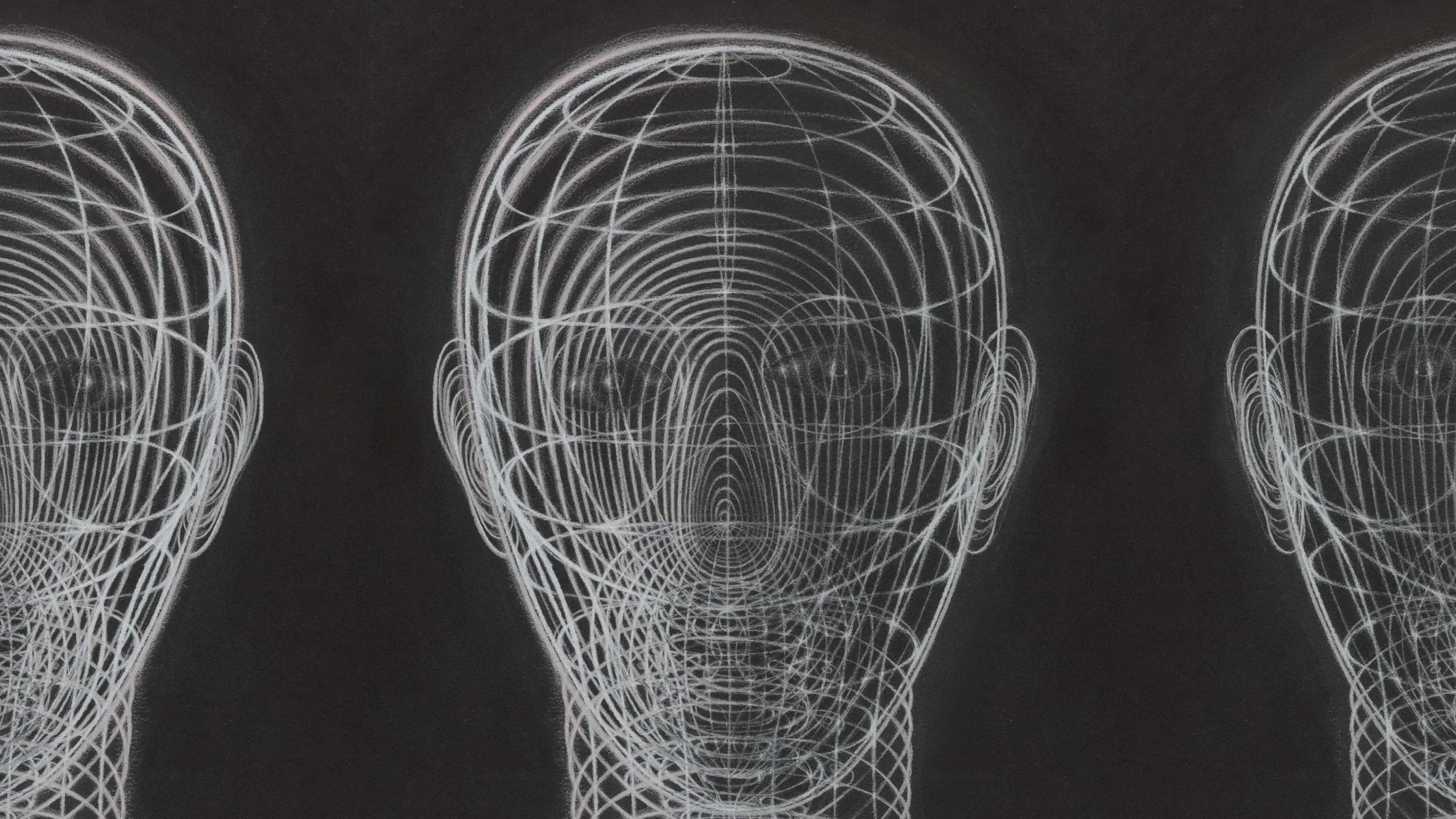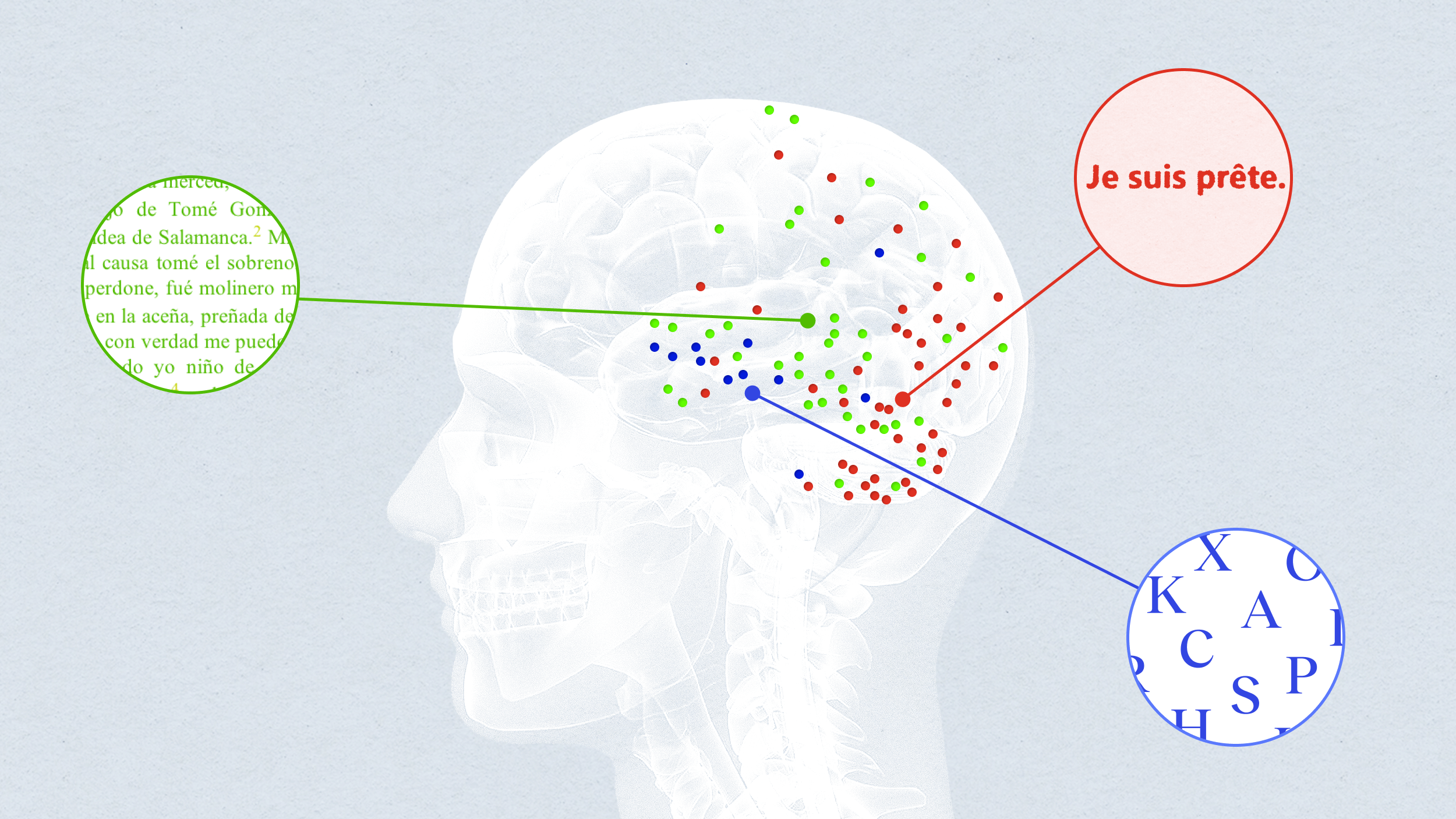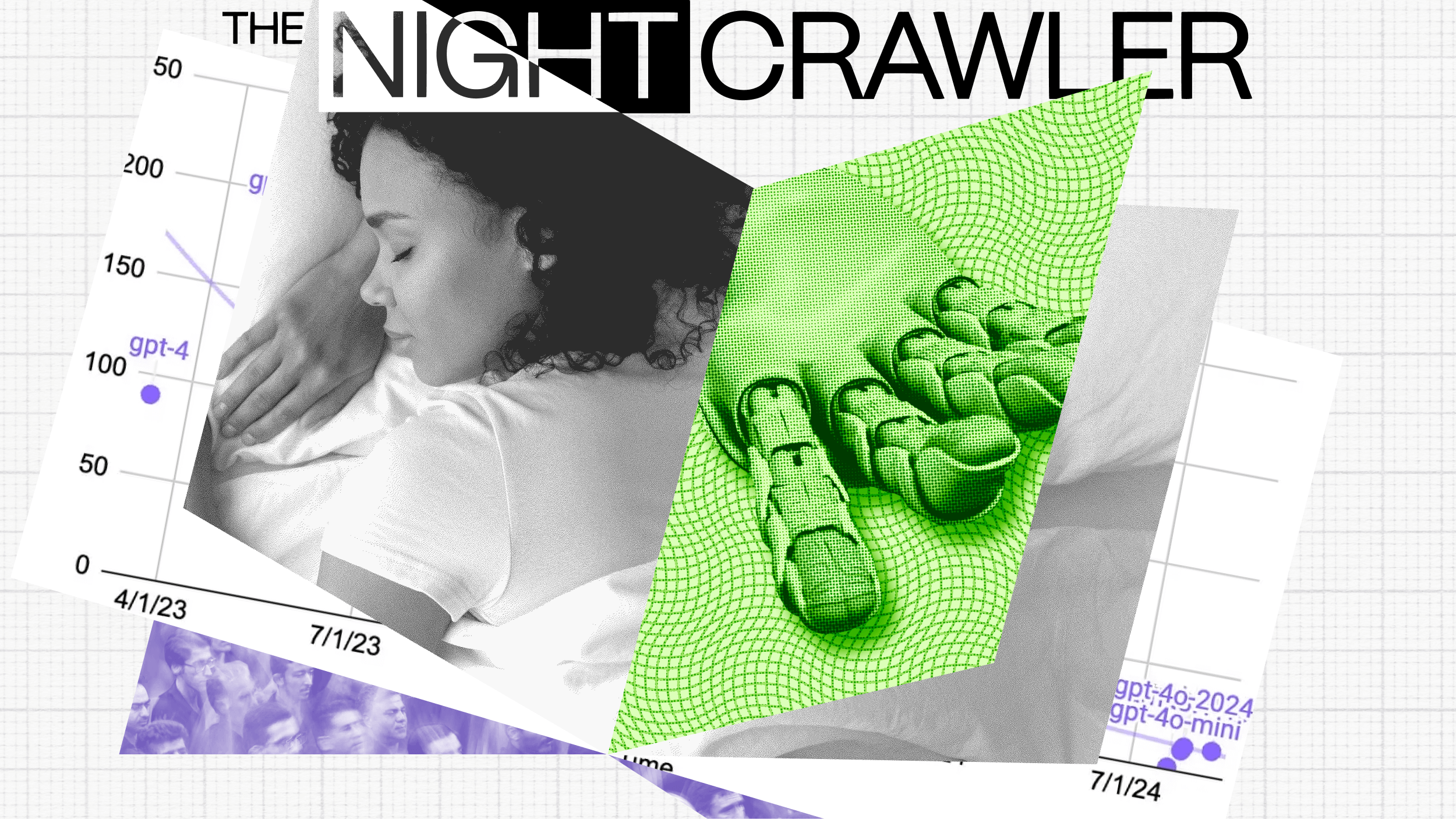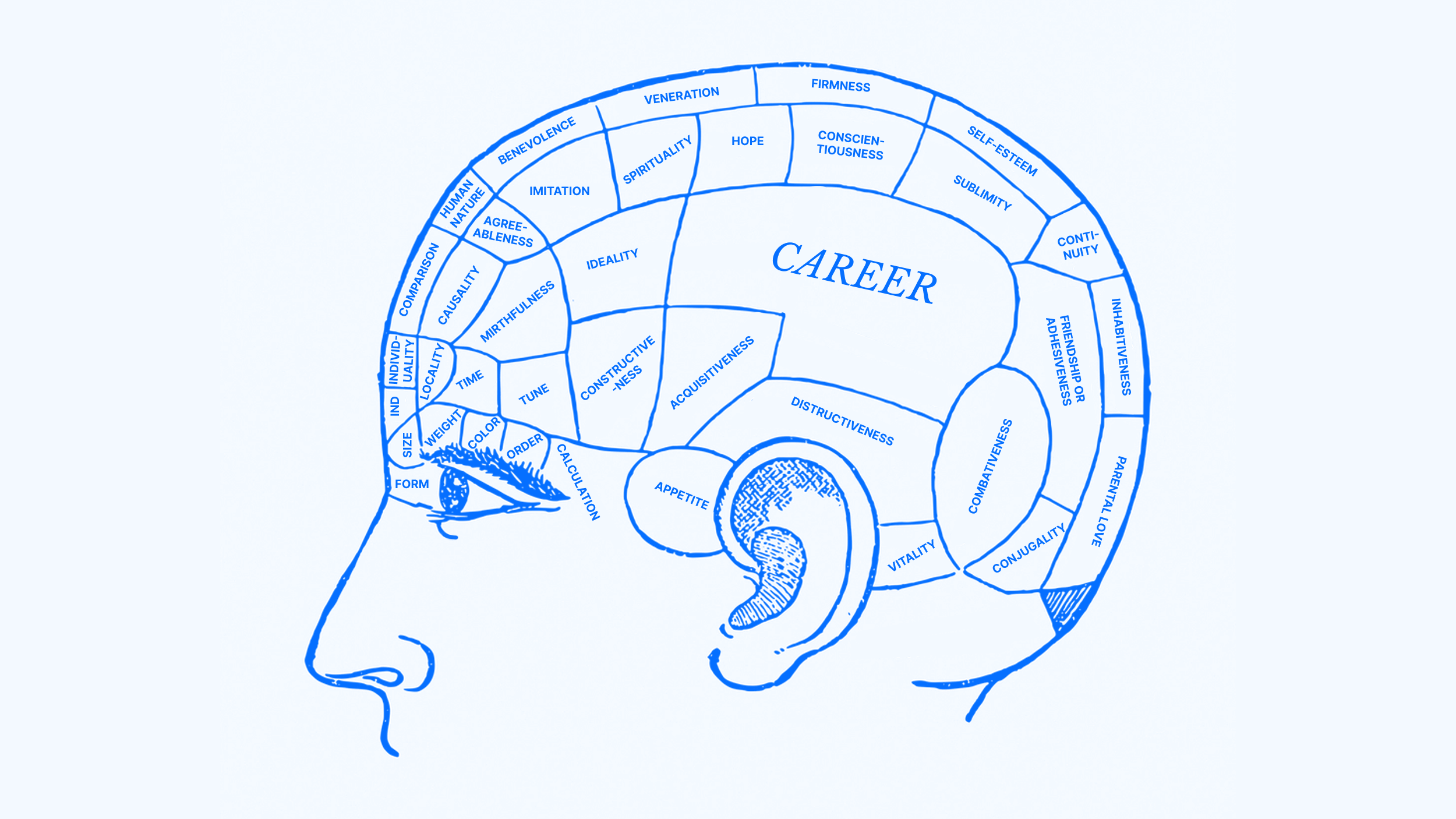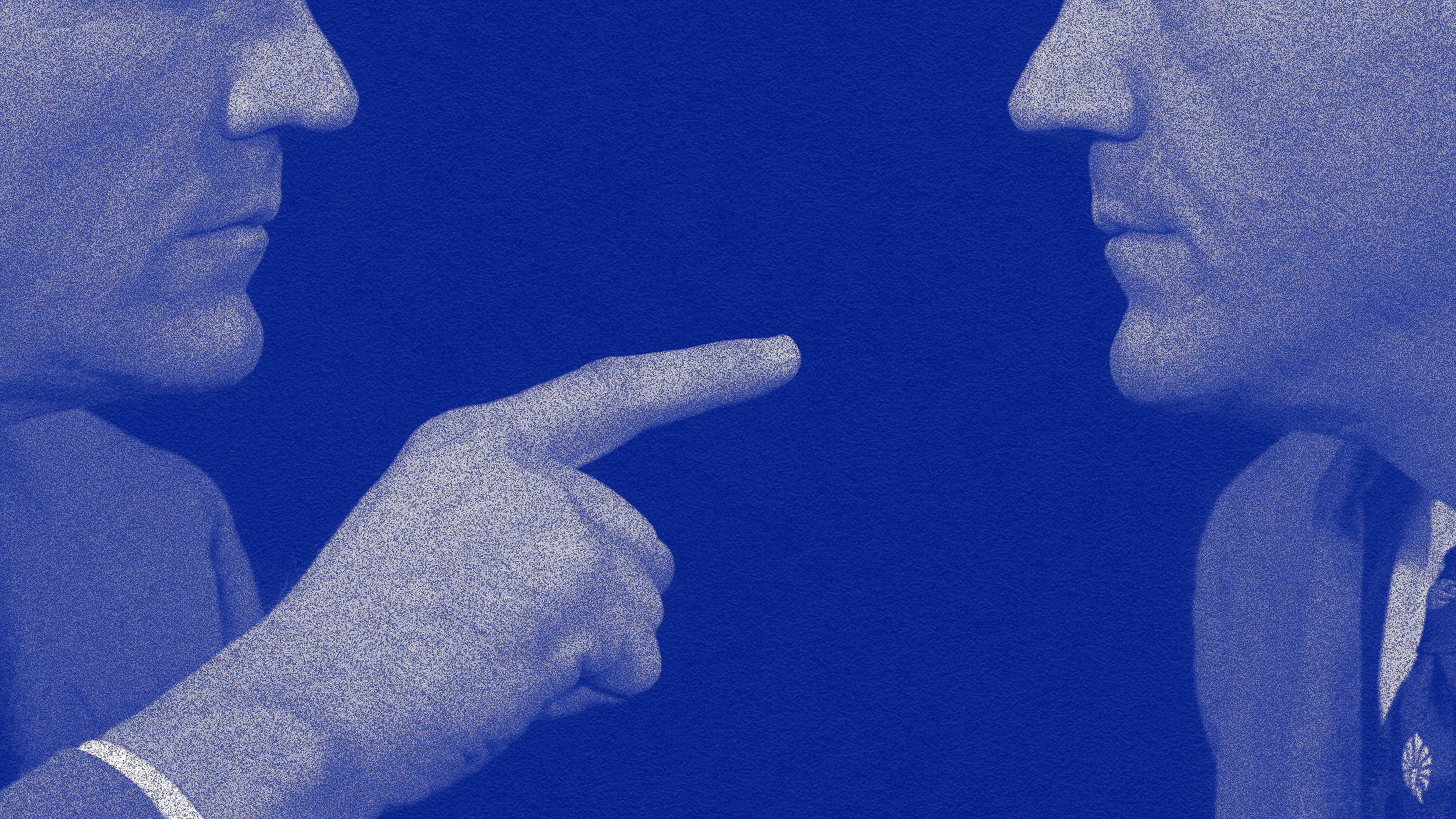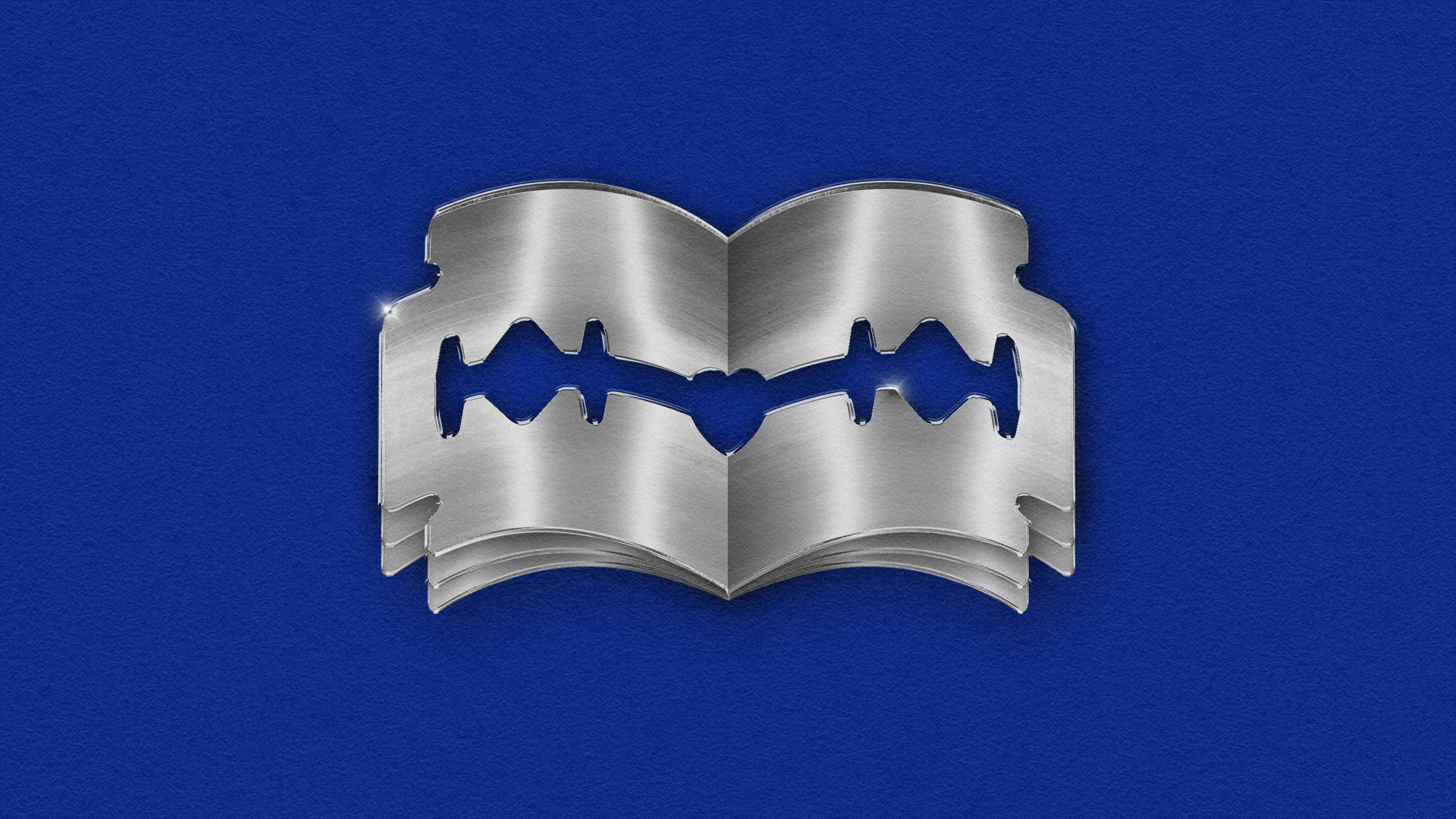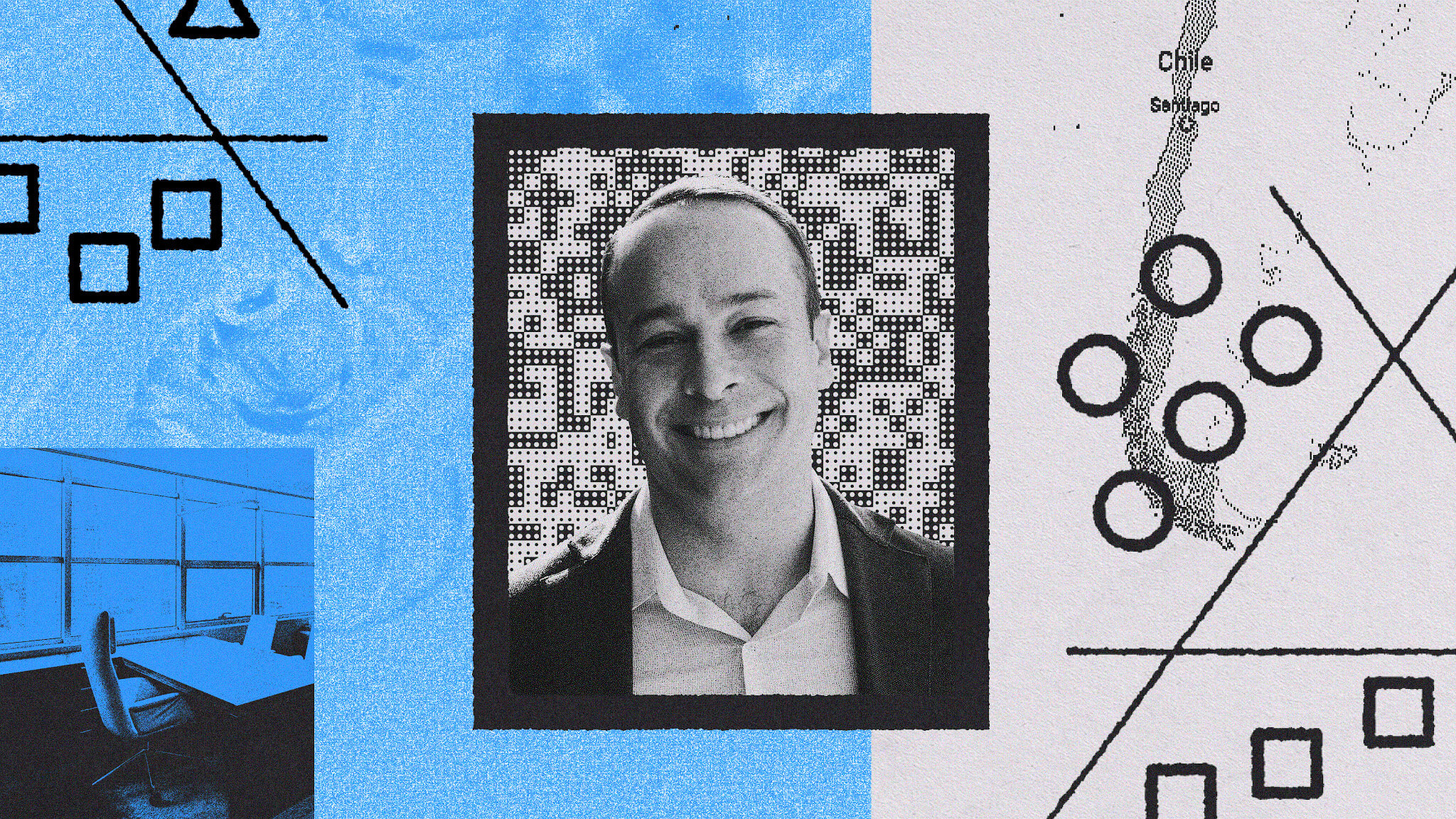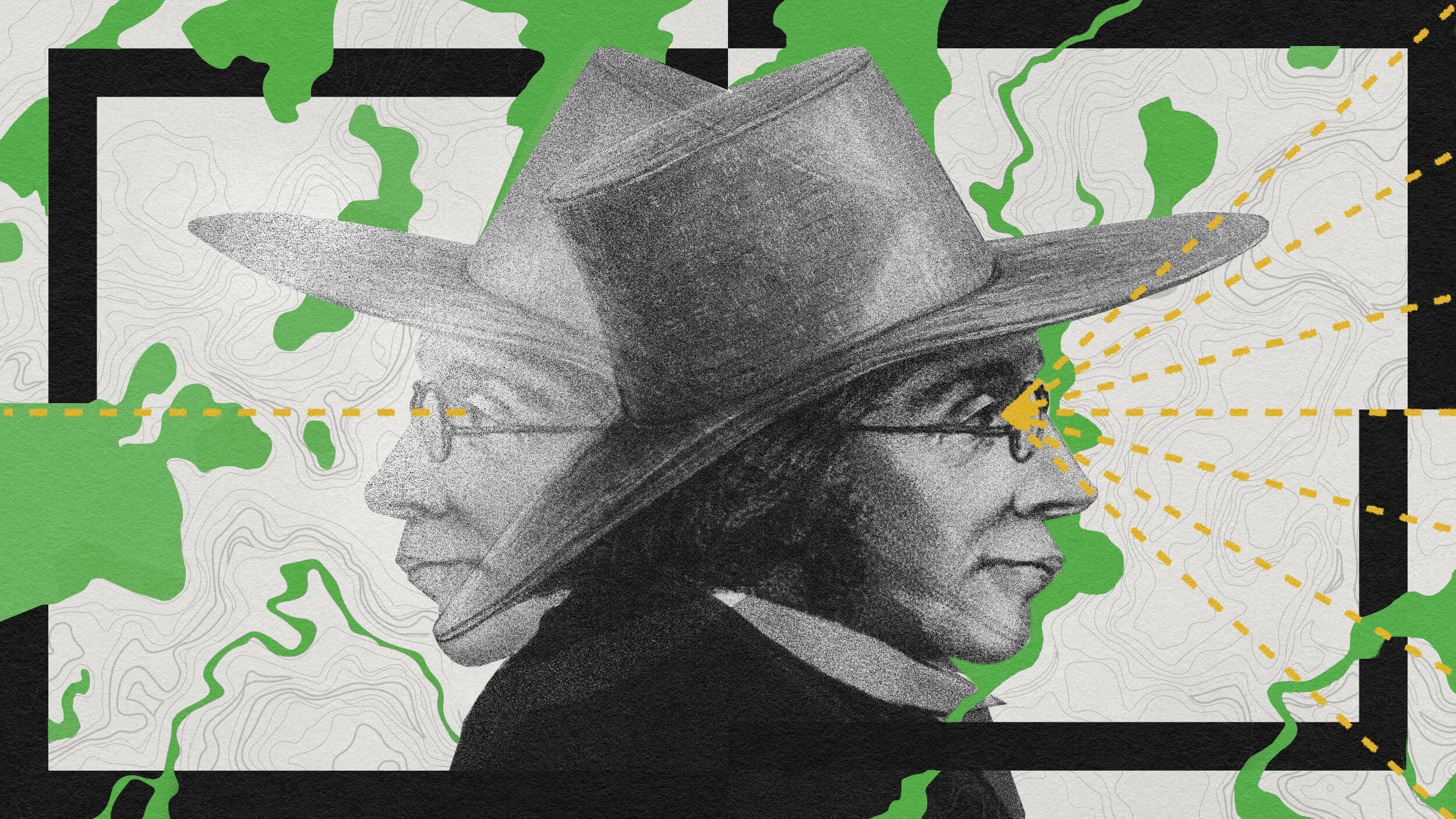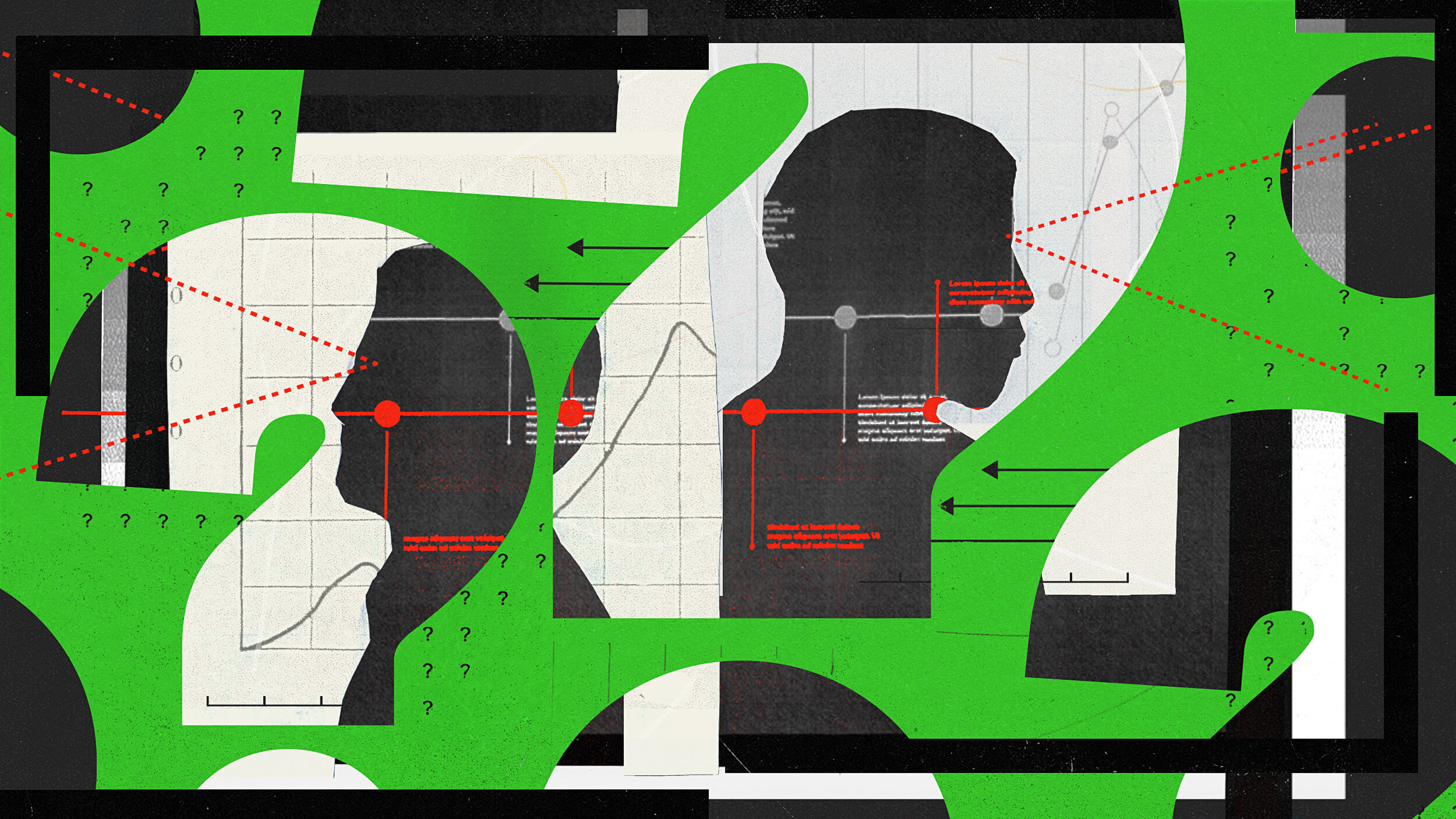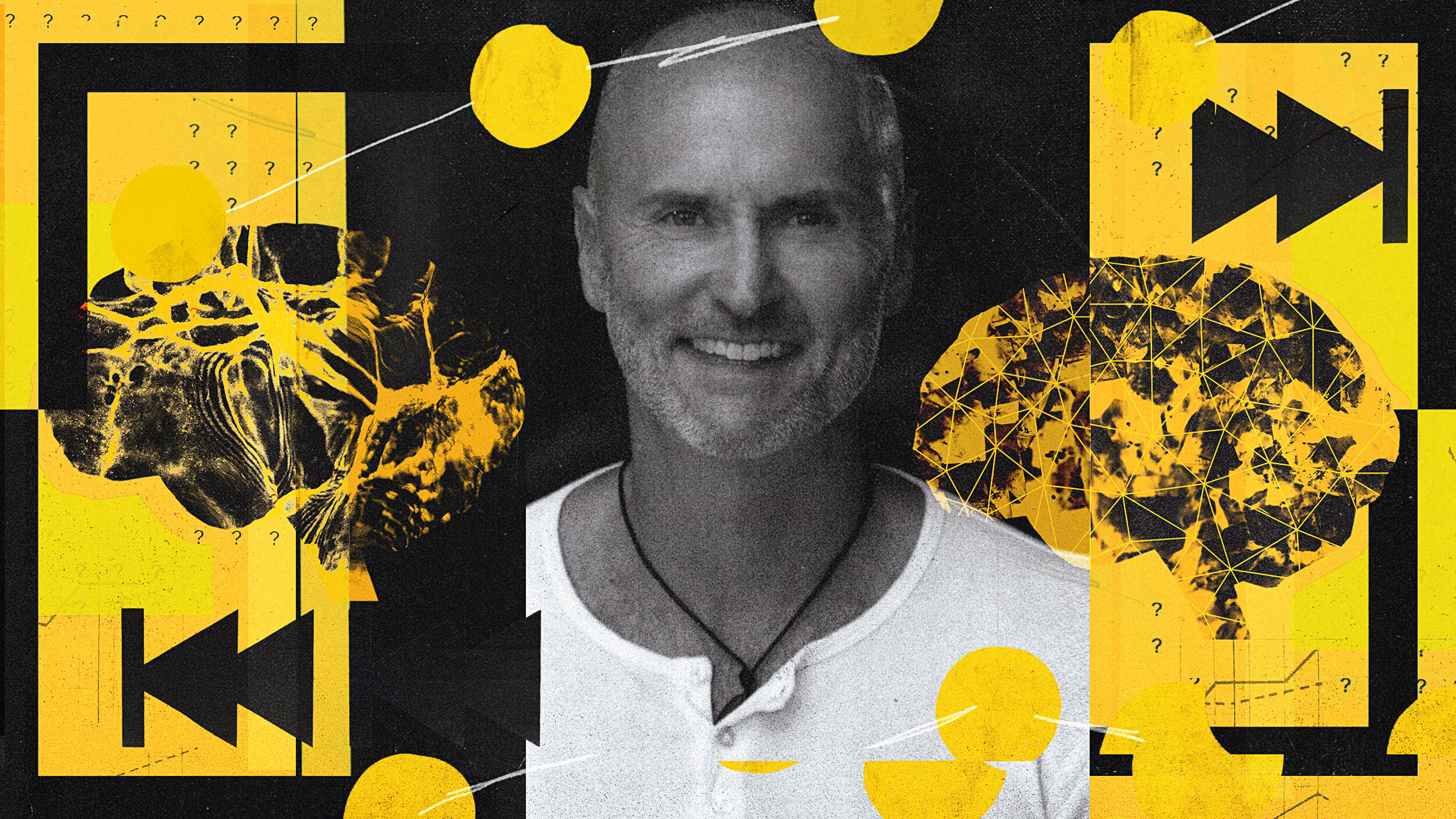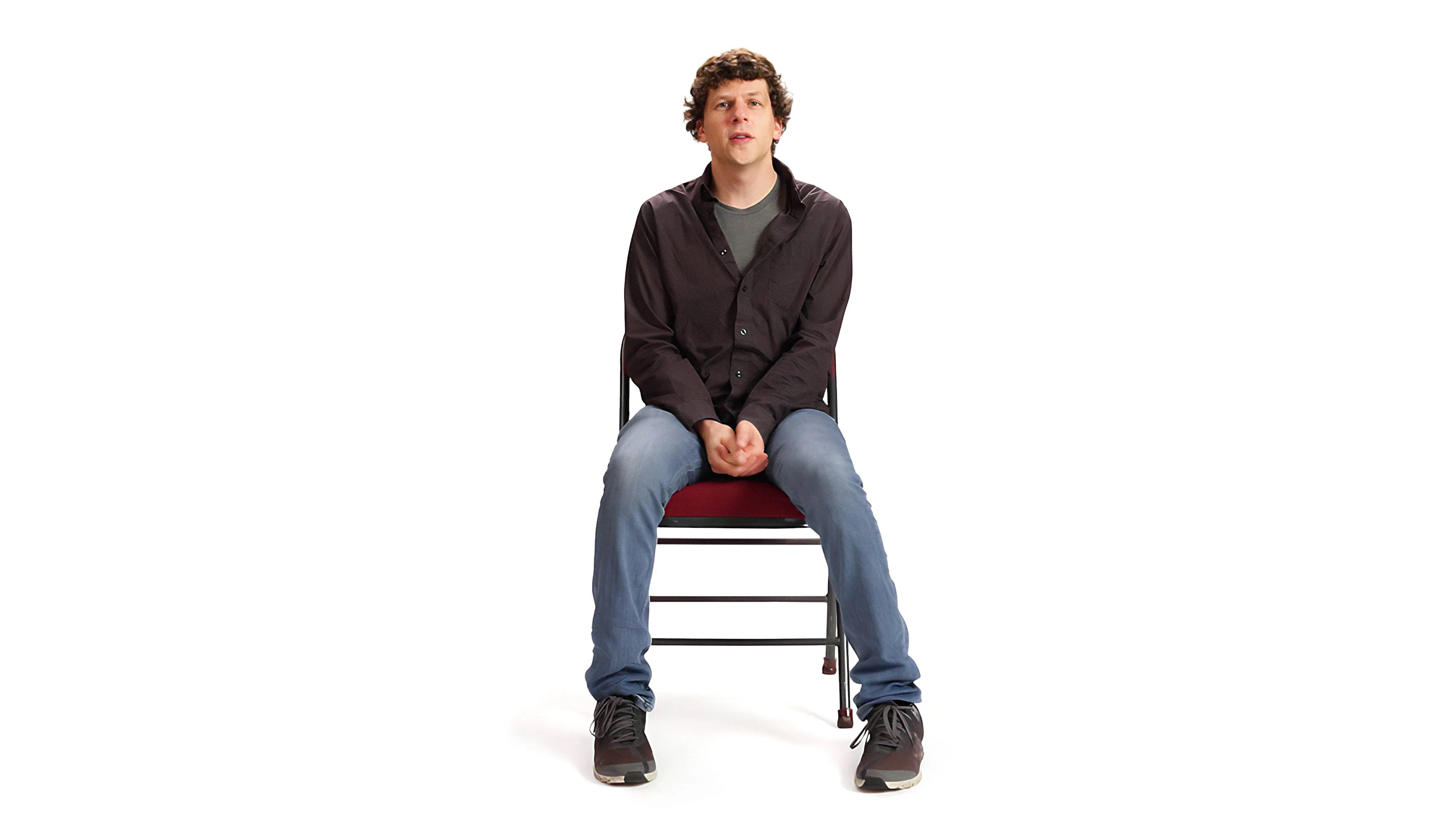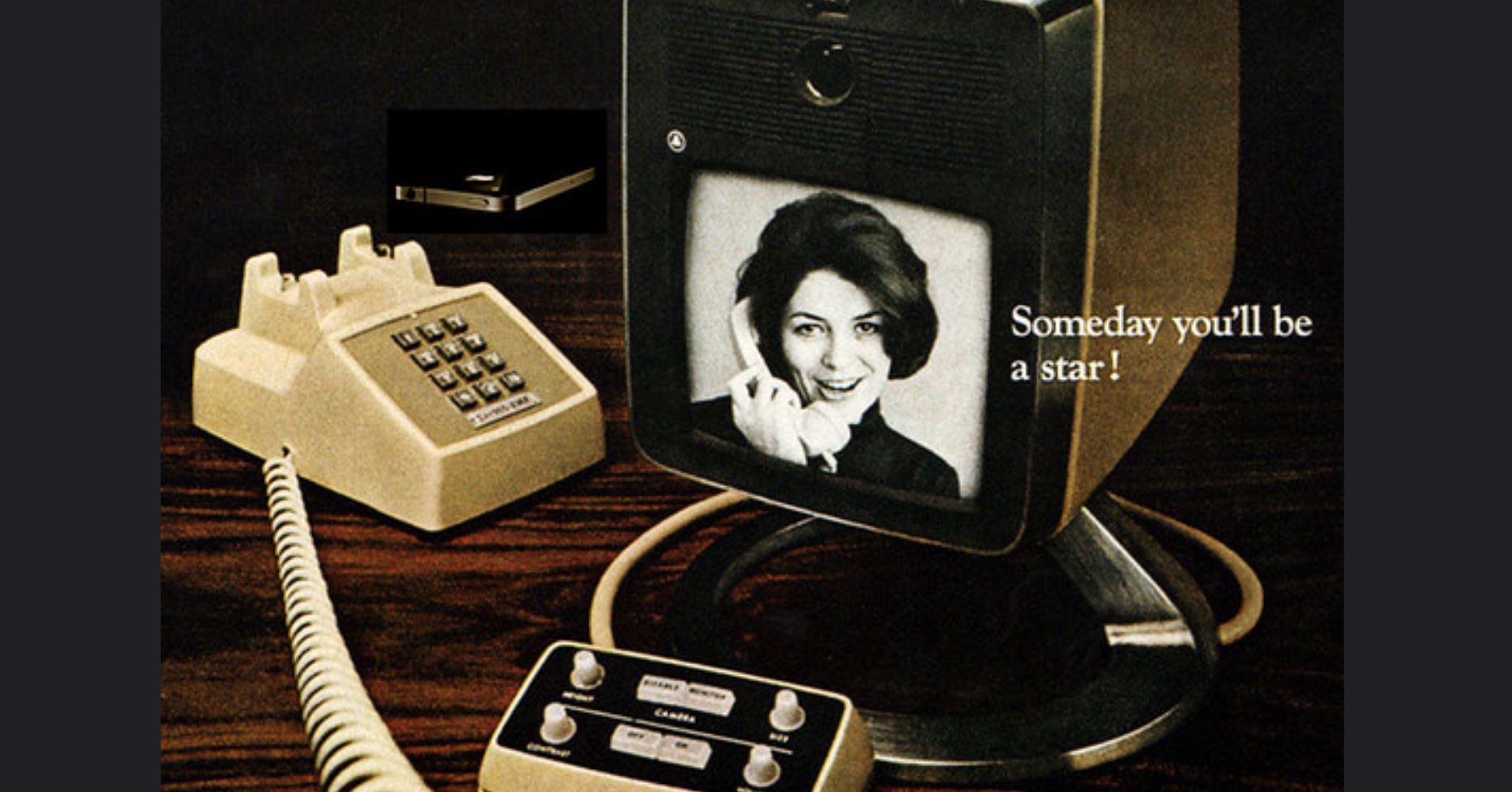communication
Radically improve your work-life speaking and presentation skills with a technique used by musicians and brand-name politicians.
Hawking’s refusal to upgrade his communication system preserved a voice that became iconic, not just for its sound, but for the profound identity it conveyed.
You’re a moody person. You have to be — because understanding moods philosophically can be crucial to your work-life.
Don’t become one of those organizations that slouches toward positive behavioral change — here’s how to move fast.
Alex Edmans, professor of finance at the London Business School, warns us to be mindful of the incentives surrounding misinformation — including our desire to believe it.
We have it in our power to forgive a debt — and learning to use this power in the workplace can be golden.
Leaders ideally intertwine their own success with that of their teams — if that’s not the case at your workplace, here’s what to do.
Sure, “who you know” matters — but your best contacts will be the ones you don’t know very well.
Do you always act professionally in the workplace? Depends what you mean by “professional.”
Welcome to The Nightcrawler — a weekly newsletter from Eric Markowitz covering tech, innovation, and long-term thinking.
The late philosopher suggested adding a couple of “Occam’s heuristics” to your critical thinking toolbox.
Welcome to The Nightcrawler — a weekly newsletter from Eric Markowitz covering tech, innovation, and long-term thinking.
The multifaceted nature of company culture is what makes it so challenging — this guide will help you make sense of the complexity.
Anne-Marie Rosser — CEO of creative agency VSA Partners — shares her cross-generational vision for a new brand of leadership.
The findings show that even small areas in the brain may have the potential to represent complex meanings.
It’s hard to know what other people know. But it’s not impossible.
In the brain’s language-processing centers, some cells respond to one word, while others respond to strings of words together.
Welcome to The Nightcrawler — a weekly newsletter from Eric Markowitz covering tech, innovation, and long-term thinking.
We spend over a third of our lives at work, yet the global workplace is often not a happy place. The solution may lie with our feelings of attachment.
There’s value to be found in the arguments that make you uncomfortable — especially in a culture that has trained us to avoid them.
Some news is slow, some news is fast — and there are two simple techniques to help you filter both.
Jeremy Johnson — co-founder of the talent network Andela — reflects on leadership in the age of remote work and AI.
A simple semantic device — invented by a forgotten senator — can help us break “the curse of knowledge.”
The Danish philosopher’s simple paradox — living forwards while looking backwards — can be translated into golden business insights.
Carving out time for useful reflection is among the most valuable of leadership disciplines, explains “questionologist” Warren Berger.
“Business Adventures” by John Brooks was first published in 1969 and remains a must-read for all CEOs.
Chip Conley — founder and CEO of JDV Hospitality and Airbnb’s former Head of Global Hospitality and Strategy — maps out an inclusive path from hindsight to wisdom.
Why the best entrepreneurs should be more Obi-Wan Kenobi than Luke Skywalker.
A-list lessons for better work-life collaboration — direct from the movie set.
Concerns about privacy and pressures regarding the physical appearance of women and their homes contributed to the failure of AT&T’s 1960s Picturephone.
